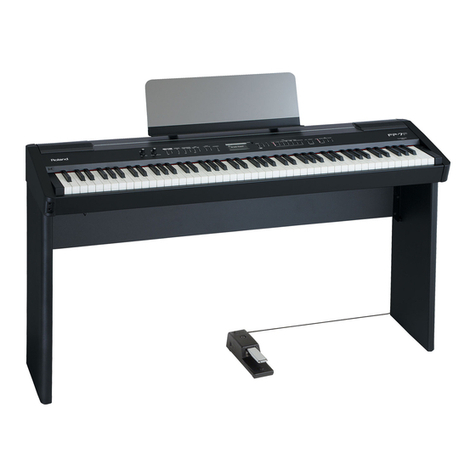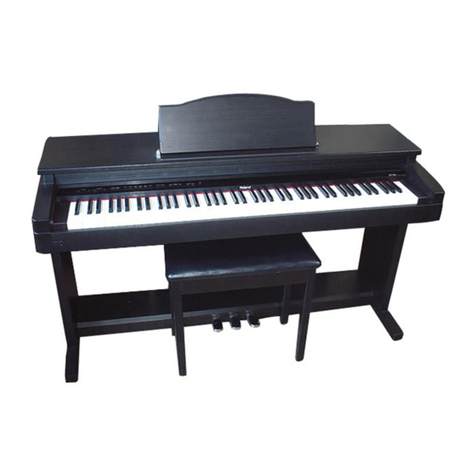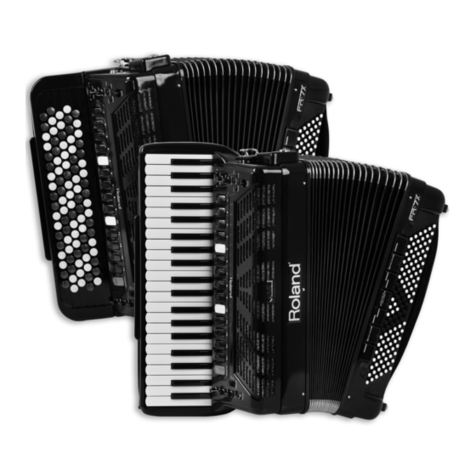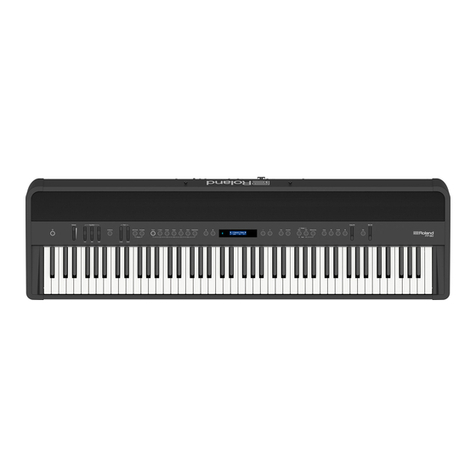Roland HP 1700L User manual
Other Roland Musical Instrument manuals
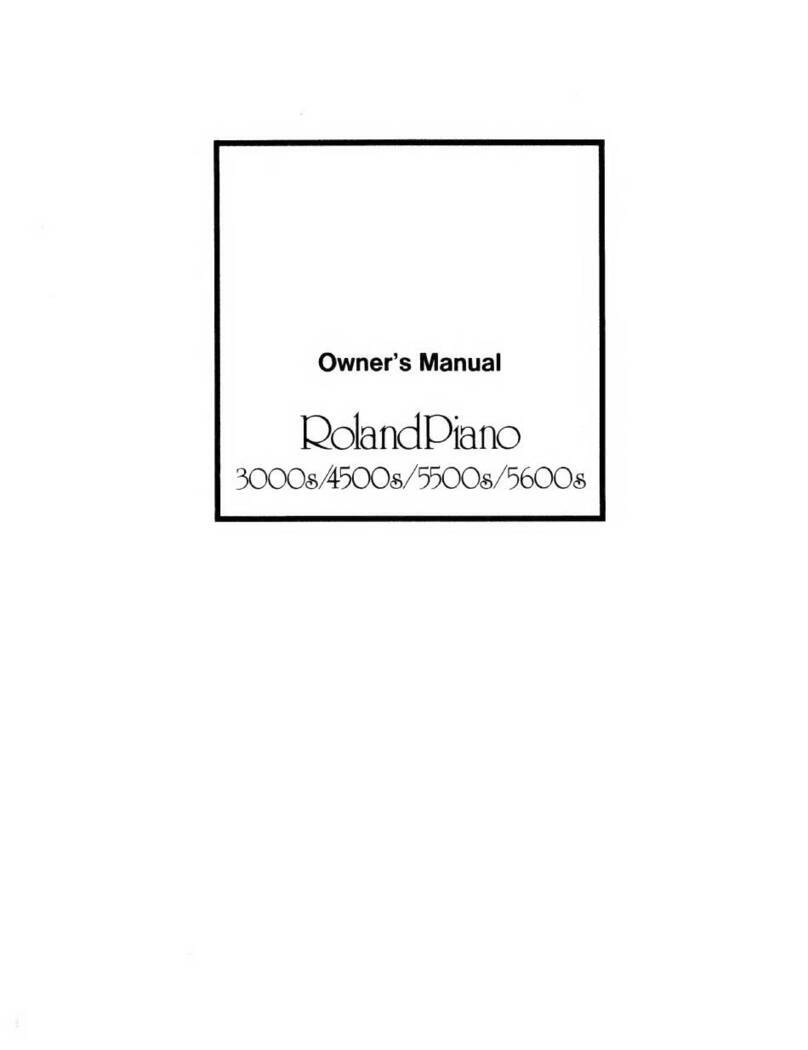
Roland
Roland 3000s User manual

Roland
Roland EP-7 User manual

Roland
Roland ep-97 User manual
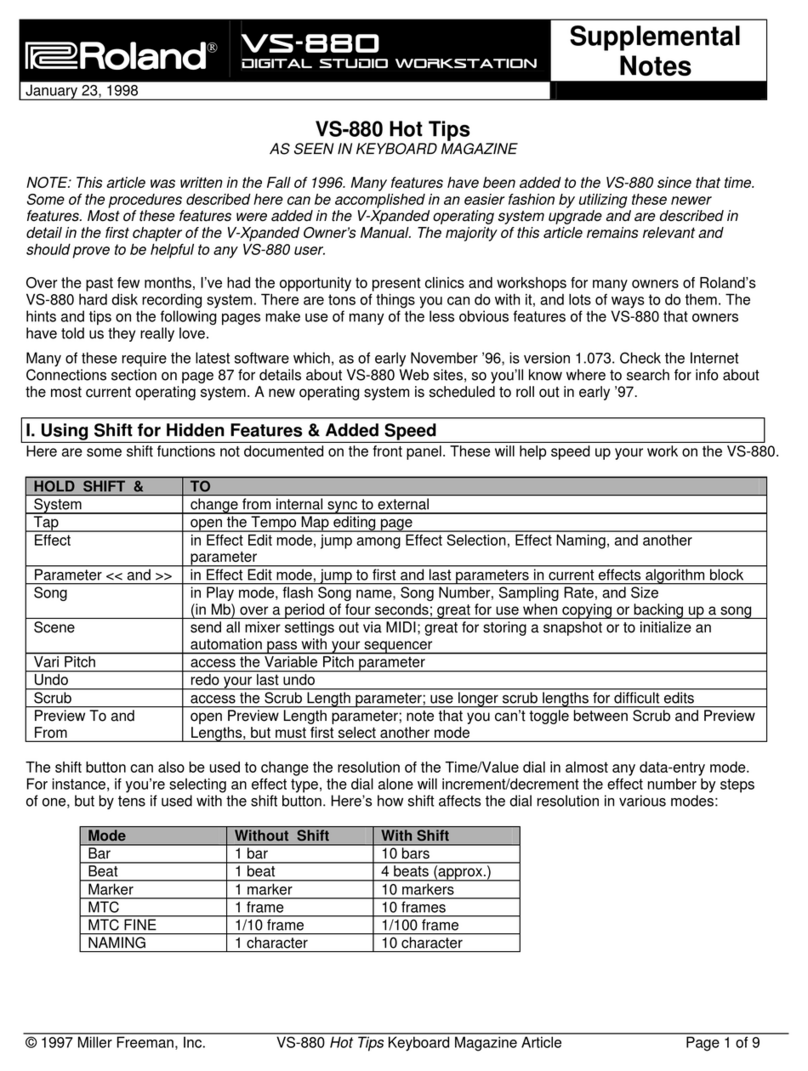
Roland
Roland VXpanded VS-880 Owner's manual
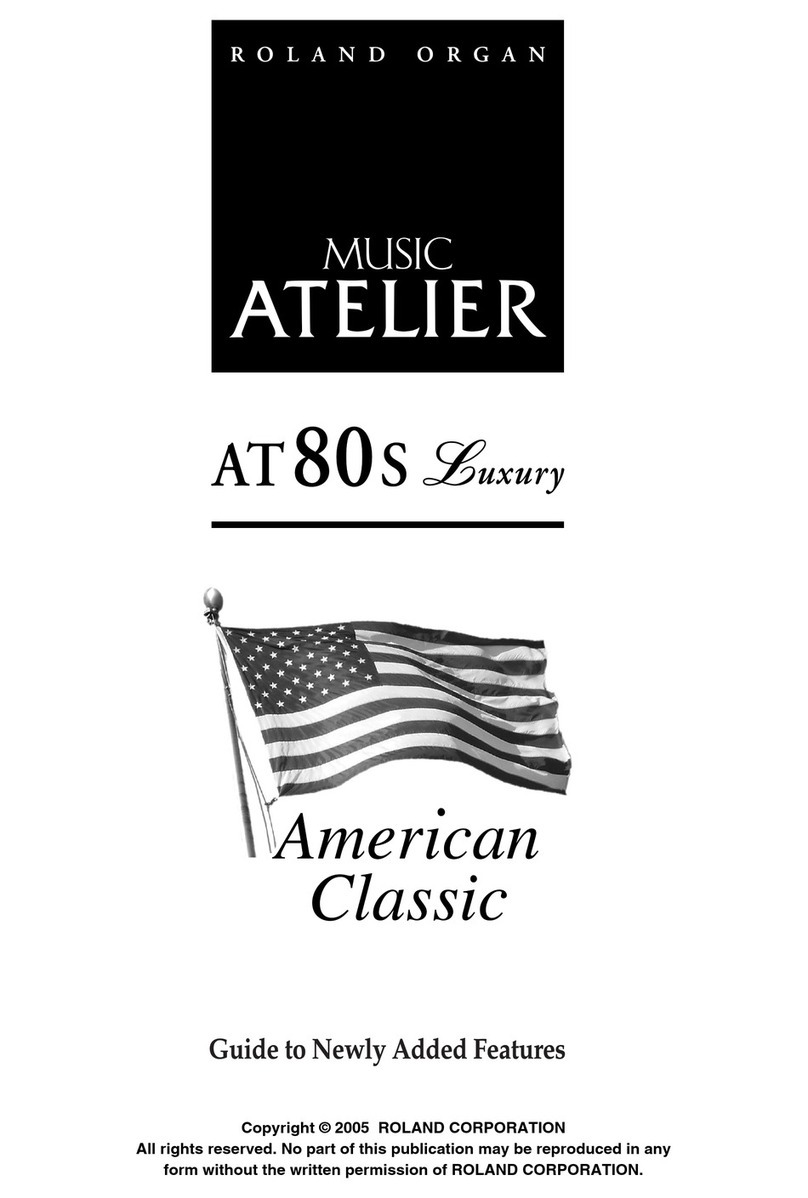
Roland
Roland Atelier AT-80SL User manual

Roland
Roland HP 555G Operating and maintenance manual

Roland
Roland HP737 User manual

Roland
Roland ep-97 Operating and maintenance manual

Roland
Roland FP-50 User manual
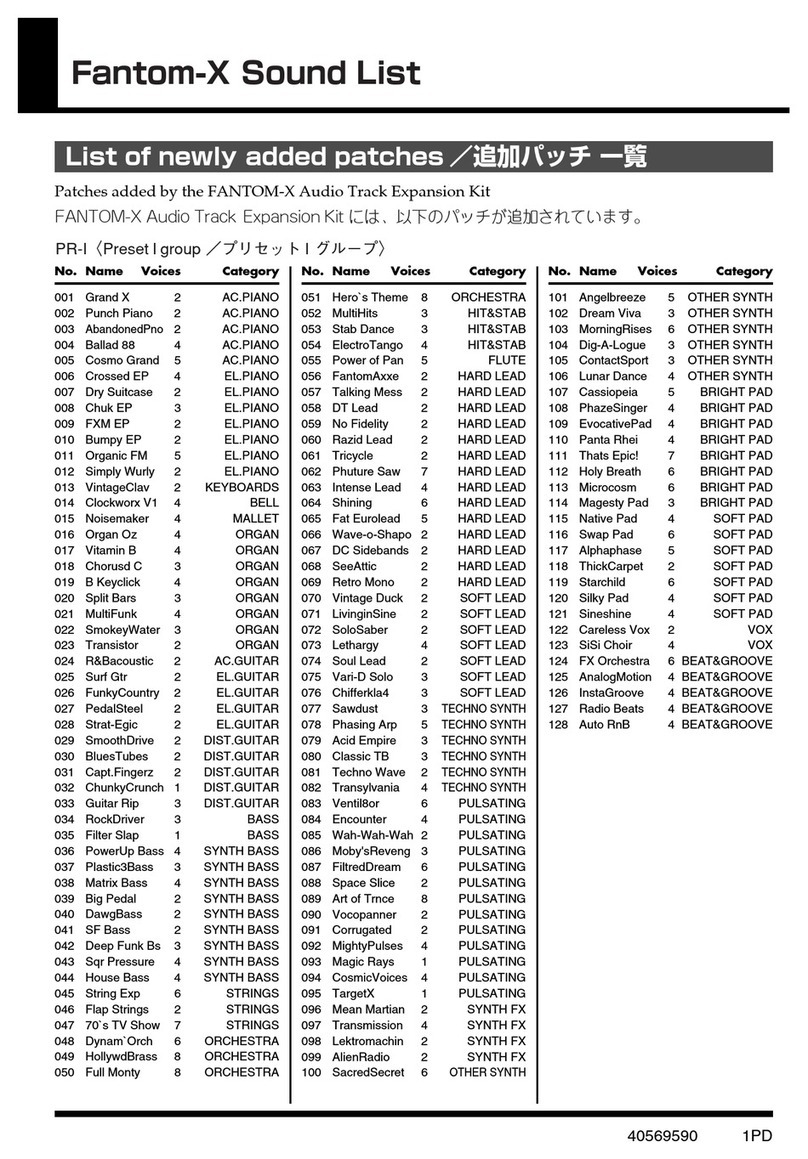
Roland
Roland Fantom-X Owner's manual
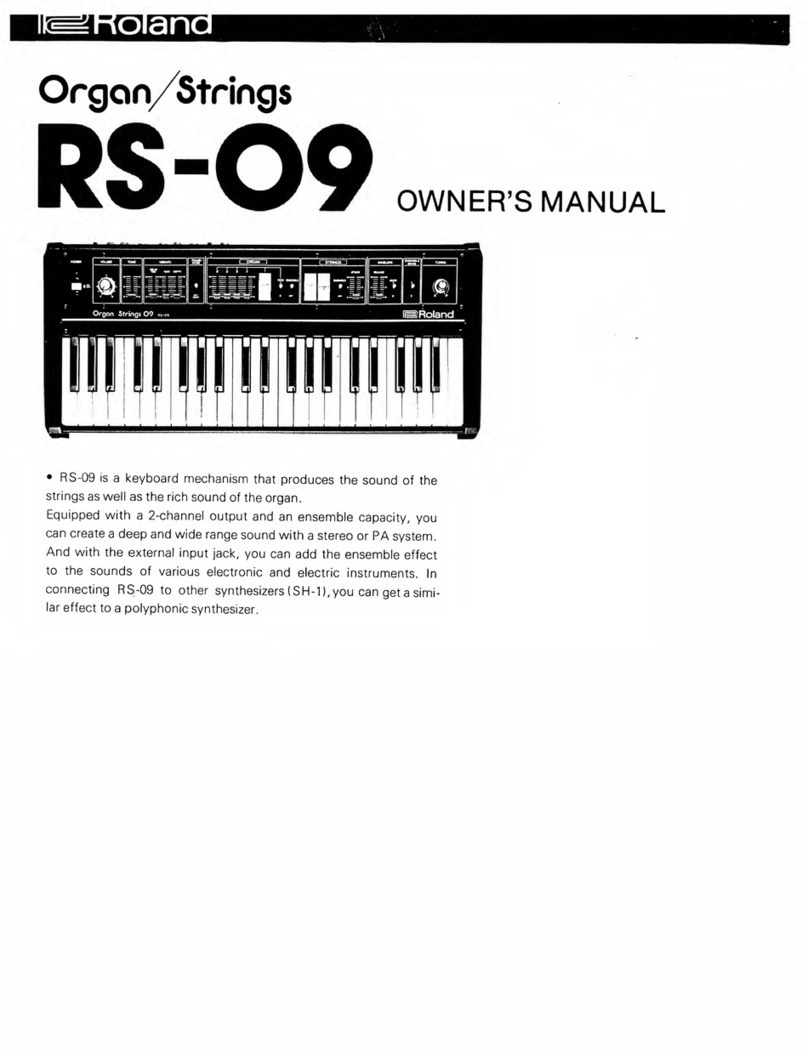
Roland
Roland RS-09 User manual
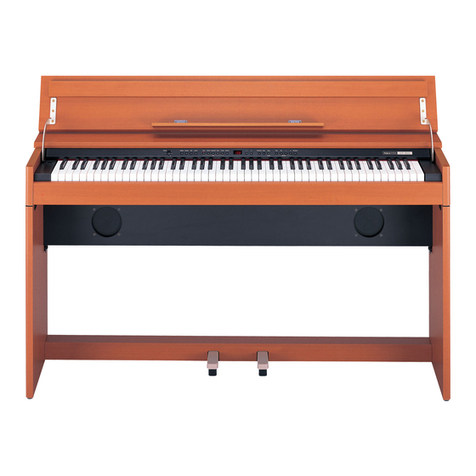
Roland
Roland DP-900 User manual

Roland
Roland MP 300 User manual
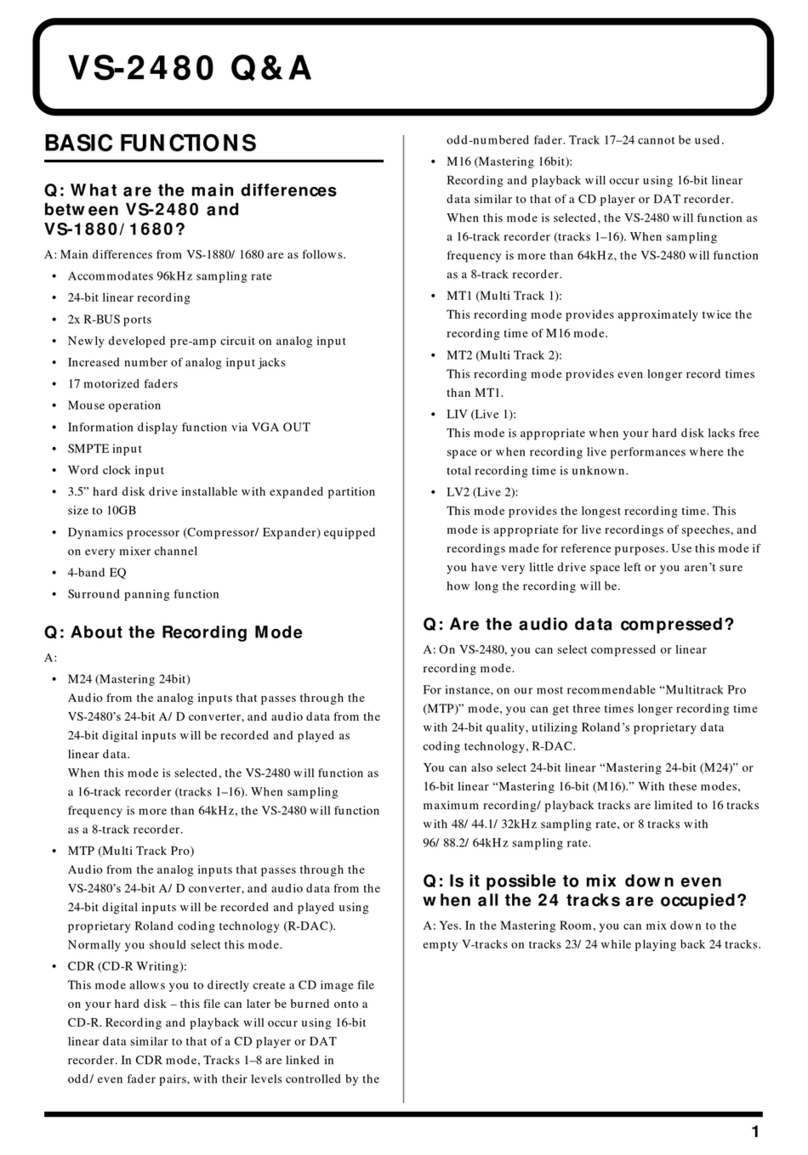
Roland
Roland V-studio VS-2480 User manual
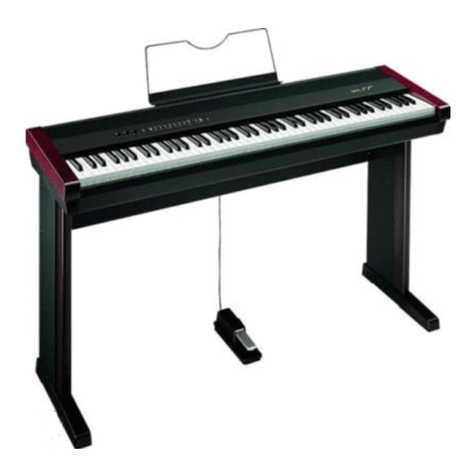
Roland
Roland FP-9 User manual

Roland
Roland GW-7 Operating and maintenance manual

Roland
Roland HP-307 User manual
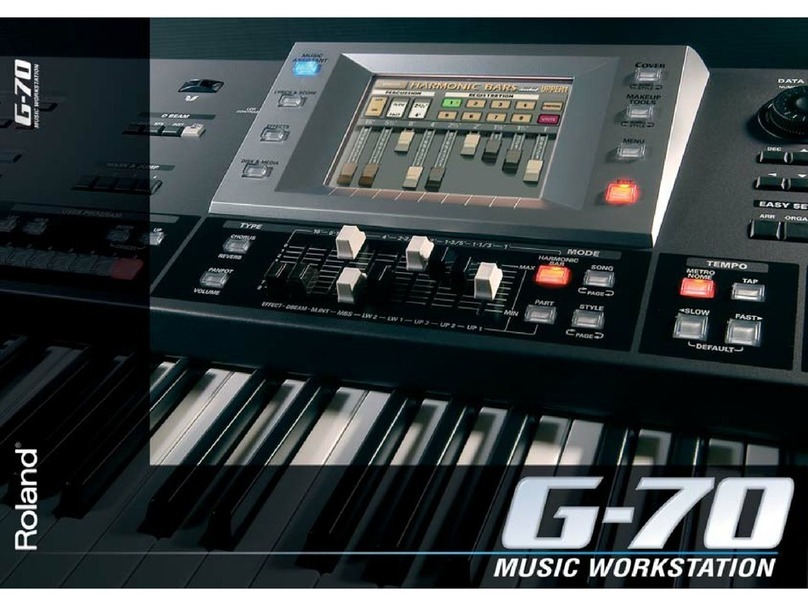
Roland
Roland G-70 User manual
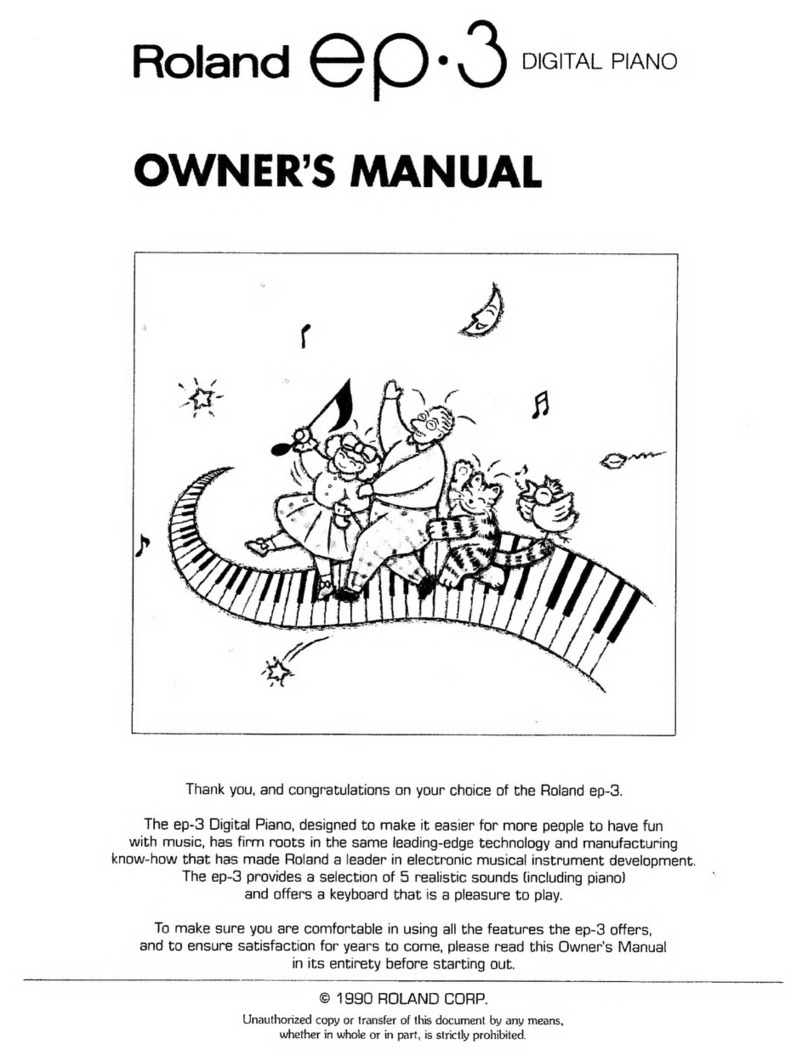
Roland
Roland ep-3 User manual

Roland
Roland HP 1300e User manual
